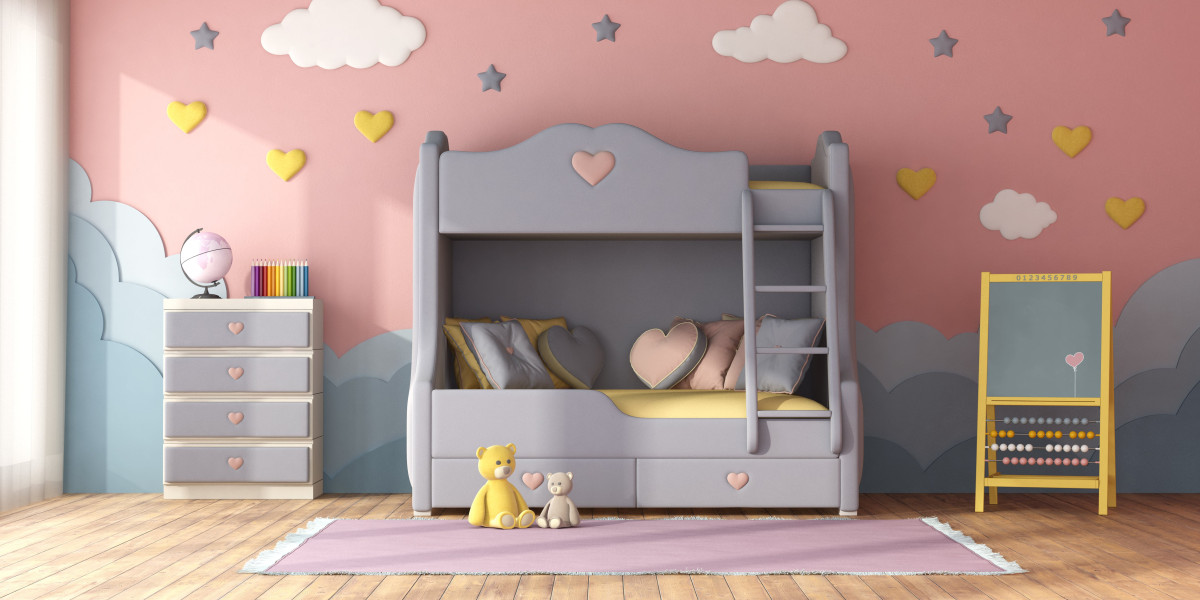3D printing technology has emerged as a transformative force in various sectors, particularly in healthcare. This article delves into 13 practical applications showcasing 3D printing's potential in medicine, highlighting how this technology is reshaping patient care and treatment methodologies.

1. Customized Prosthetics
One of the most significant advancements in 3D printing is the ability to create customized prosthetics. Traditional prosthetics often require lengthy adjustments, but with 3D printing, these devices can be tailored to fit the unique anatomy of each patient. This not only enhances comfort but also improves functionality.
2. Bioprinting Tissues and Organs
Imagine a future where organ transplants are no longer limited by donor availability. Bioprinting, a cutting-edge application of 3D printing, allows for the creation of tissues and even organs using a patient’s own cells. This innovation could potentially eliminate the risk of rejection and significantly reduce waiting times.
3. Surgical Models
Surgeons can now utilize 3D printed models of patients’ anatomy to plan complex procedures. These models provide a tangible representation of the surgical site, allowing for better preparation and improved outcomes. Wouldn’t it be reassuring to know that your surgeon practiced on a model that accurately reflects your unique anatomy?
4. Dental Applications
The dental field has also embraced 3D printing technology. From custom aligners to dental implants, the precision offered by 3D printing enhances the quality of care. Patients benefit from faster treatment times and more accurate fittings, leading to improved satisfaction.
5. Medical Devices
3D printing allows for the rapid prototyping of medical devices, which can be tailored to meet specific patient needs. This flexibility not only accelerates the development process but also reduces costs. As a result, healthcare providers can offer more personalized solutions.
6. Drug Development
In the realm of pharmaceuticals, 3D printing is revolutionizing drug development. Researchers can create complex drug formulations that are tailored to individual patient profiles. This level of customization could lead to more effective treatments and improved patient outcomes.
7. Anatomical Models for Education
Medical education has greatly benefited from 3D printing. Students can study realistic anatomical models that enhance their understanding of human anatomy. This hands-on approach fosters better learning and prepares future healthcare professionals more effectively.
8. Implants and Biocompatible Materials
3D printing enables the creation of implants using biocompatible materials that integrate seamlessly with the body. This innovation is particularly beneficial in orthopedic and dental applications, where compatibility is crucial for successful outcomes.
9. Assistive Devices
From hearing aids to mobility aids, 3D printing allows for the production of affordable and customized assistive devices. This accessibility empowers individuals with disabilities, enhancing their quality of life.
10. Surgical Instruments
3D printing can also streamline the production of surgical instruments. By creating tools tailored to specific procedures, healthcare providers can improve efficiency and reduce waste, ultimately leading to better patient care.
11. Patient-Specific Implants
3D printing facilitates the creation of patient-specific implants that match the exact specifications of an individual’s anatomy. This personalization can significantly enhance the success rates of surgeries.
12. Wearable Health Monitors
Wearable technology is becoming increasingly popular, and 3D printing plays a crucial role in its development. Custom-fit wearable health monitors can provide real-time data, allowing for proactive healthcare management.
13. Research and Development
Finally, 3D printing is a valuable tool in research and development. Scientists can quickly prototype new medical devices and test innovative ideas, accelerating the pace of medical advancements.
In conclusion, the 13 practical applications showcasing 3D printing's potential in healthcare illustrate a future where personalized medicine is the norm. As technology continues to evolve, the possibilities for improving patient care are limitless. For more insights into the applications of 3D printing, visit .








